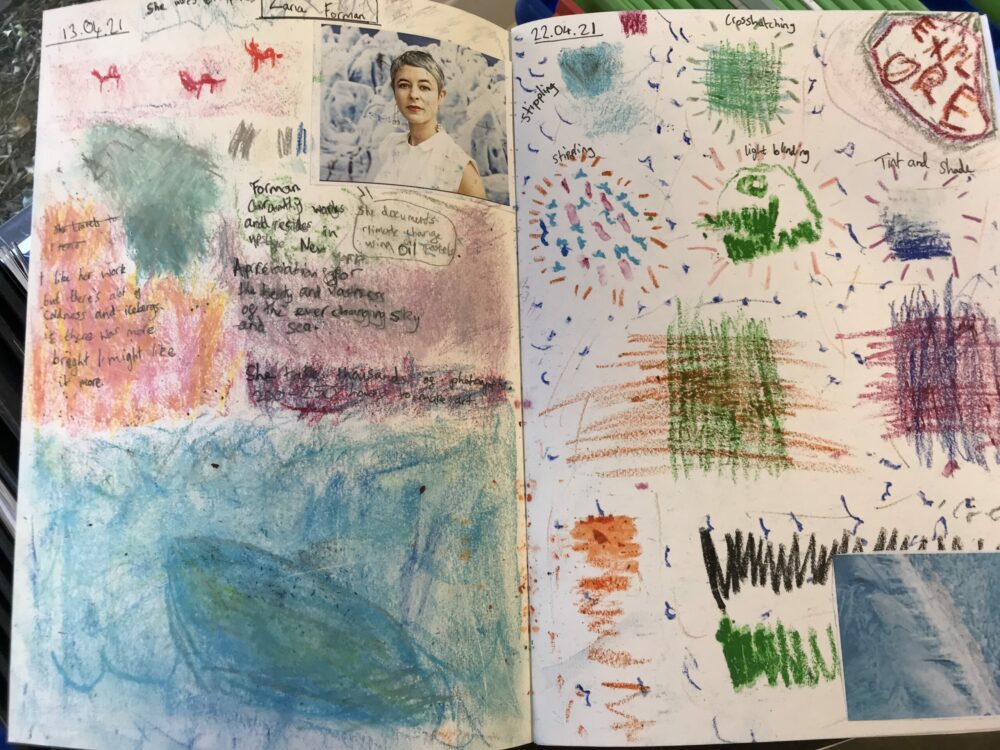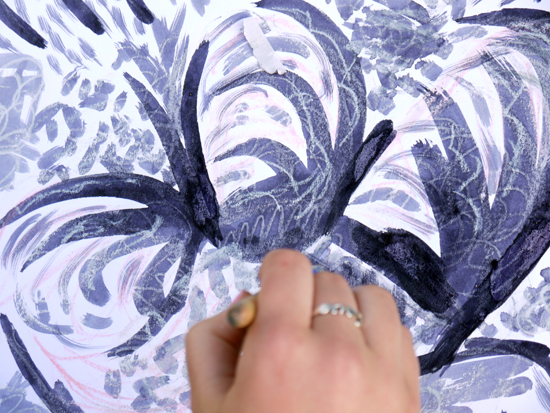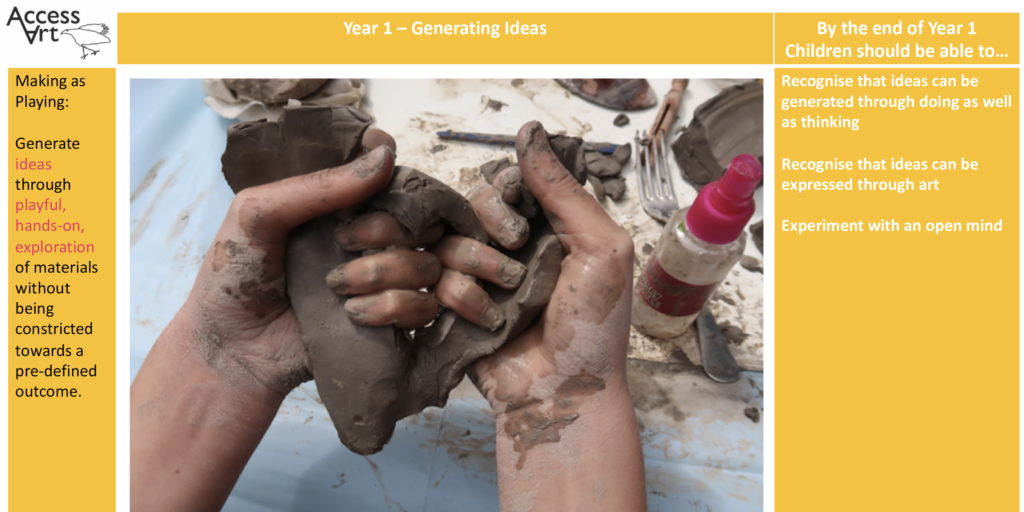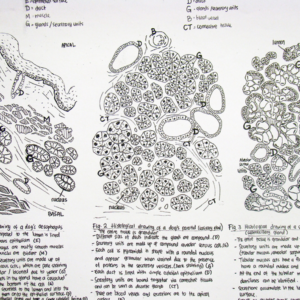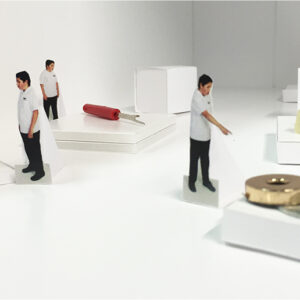<<< Back to the AccessArt Drawing Journey for Children Ages 9 to 11<<<
The statements below can be used by primary schools to check that the offering the school provides to pupils covers key concepts in drawing.
By the end of UK Year 6 (age 11), these statements should resonate with the majority of pupils (and form the basis of opportunities provided by school, covering key concepts in drawing).
-
I have enjoyed exploring different ways of drawing and different types of drawing, and I have found ideas, techniques or materials which I personally can relate to.
-
I have had the opportunity to work on a variety of scales. Not all the drawing I have done has taken place at a desk.
-
I understand key vocabulary relating to drawing, and understand the vocab through practical experience.
-
I have used a wide variety of drawing media and been given the opportunity to practice my skills. I have also drawn on a variety of drawing surfaces.
-
I have made drawings from observation, and imagination, and I have experimented with my approach.
-
I have drawn alone and I have also created drawings as part of a group.
-
I have explored the many different reasons I might draw (i.e. drawing from its own sake, drawing to build my understanding, drawing for development and sharing of ideas, drawing to communicate emotions or beliefs).
-
I have drawn from a variety of subject matter, including drawing from life (including people and places), as well as drawing from photographs and film.
-
I have been inspired by the drawings of other artists, craftspeople, designers and architects, and I understand the role of drawing to my world.
-
I feel I have been able to develop my creativity through drawing.
